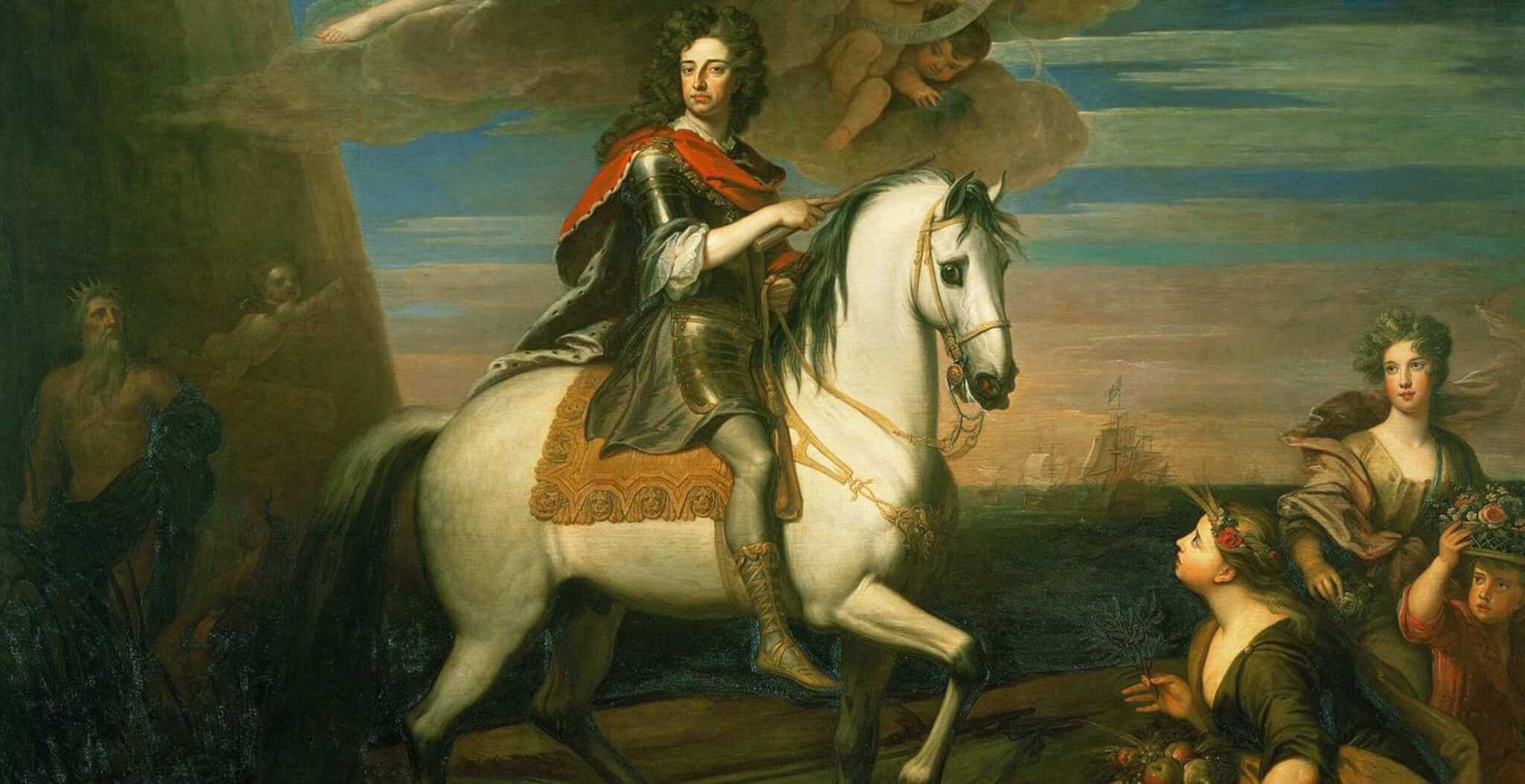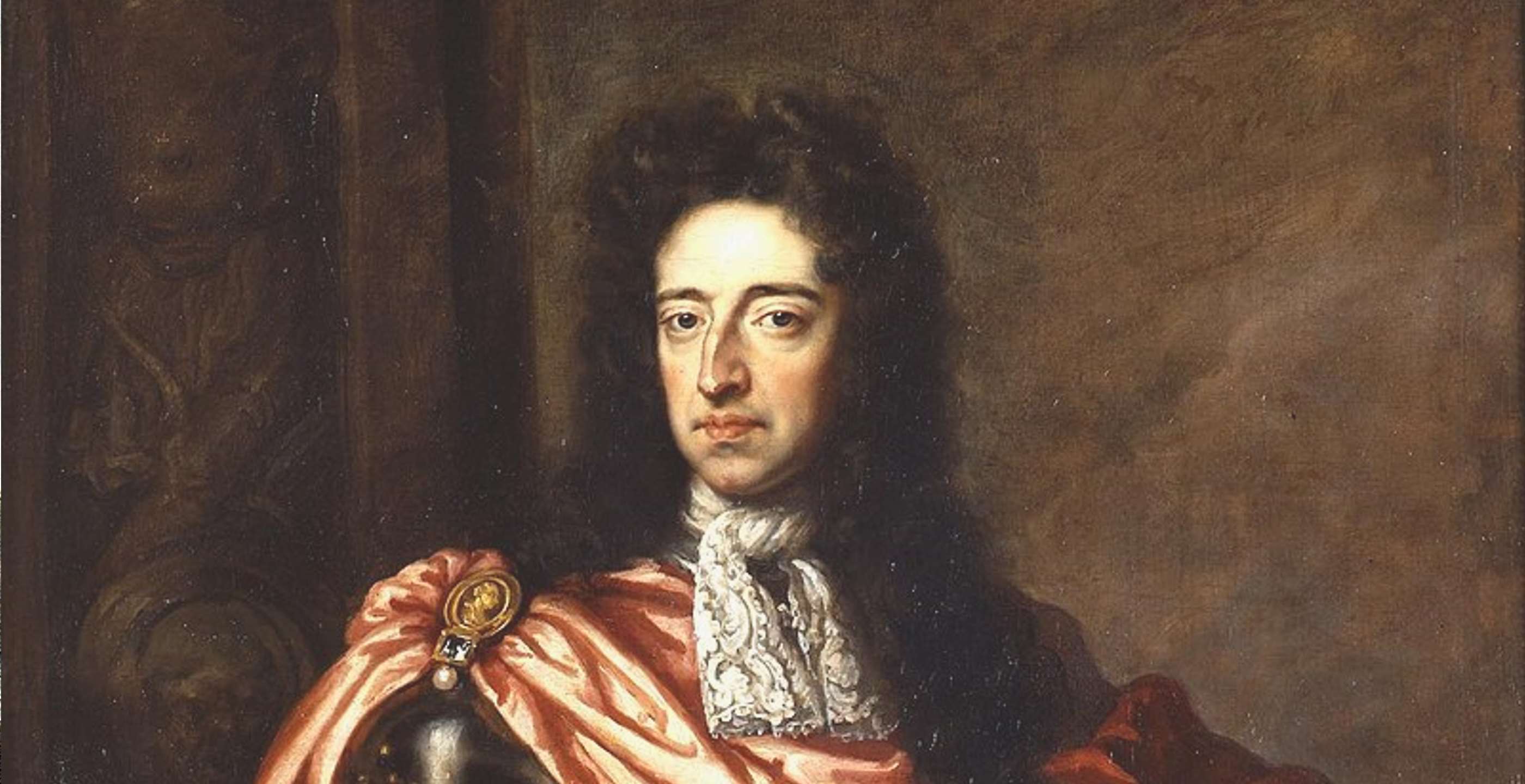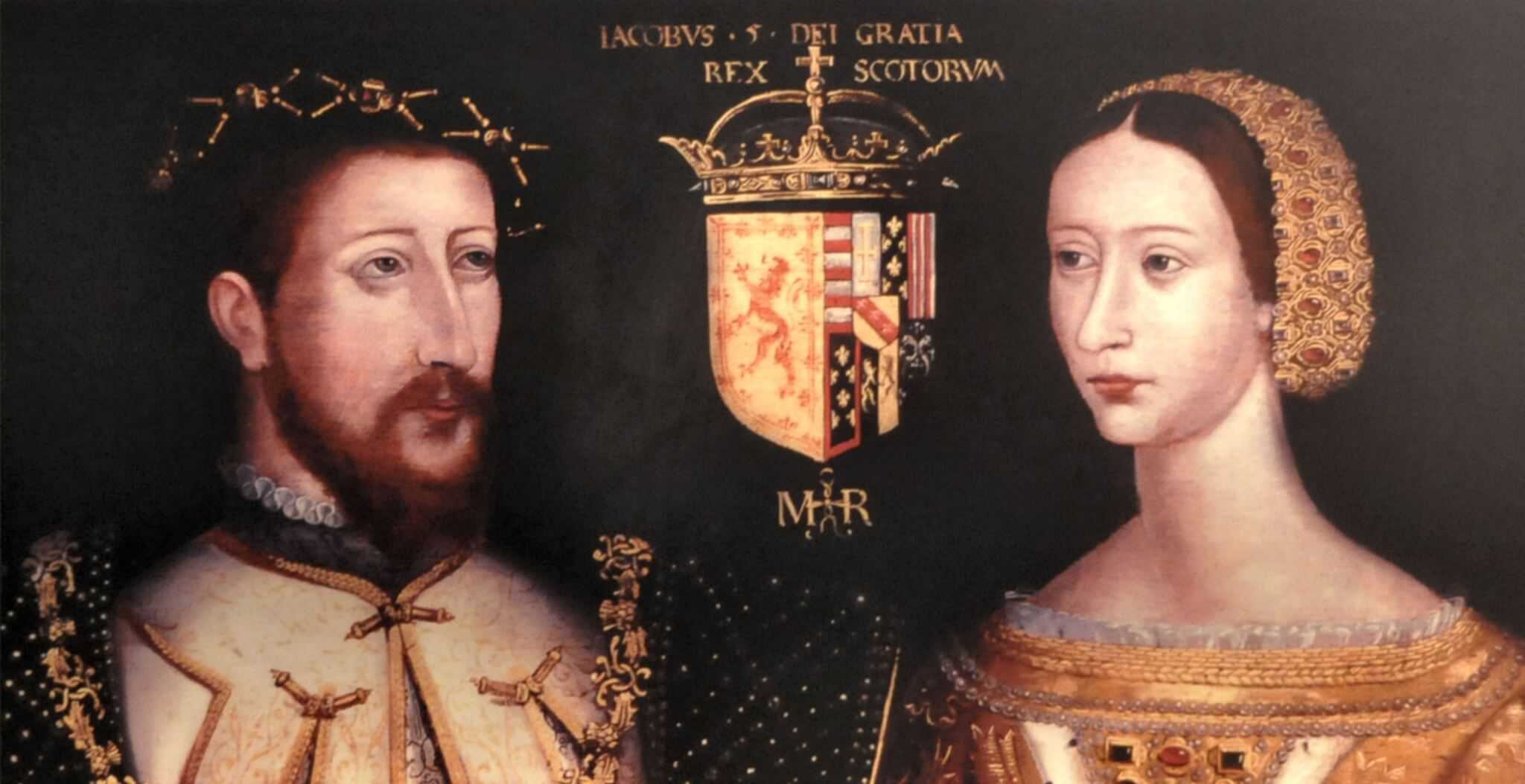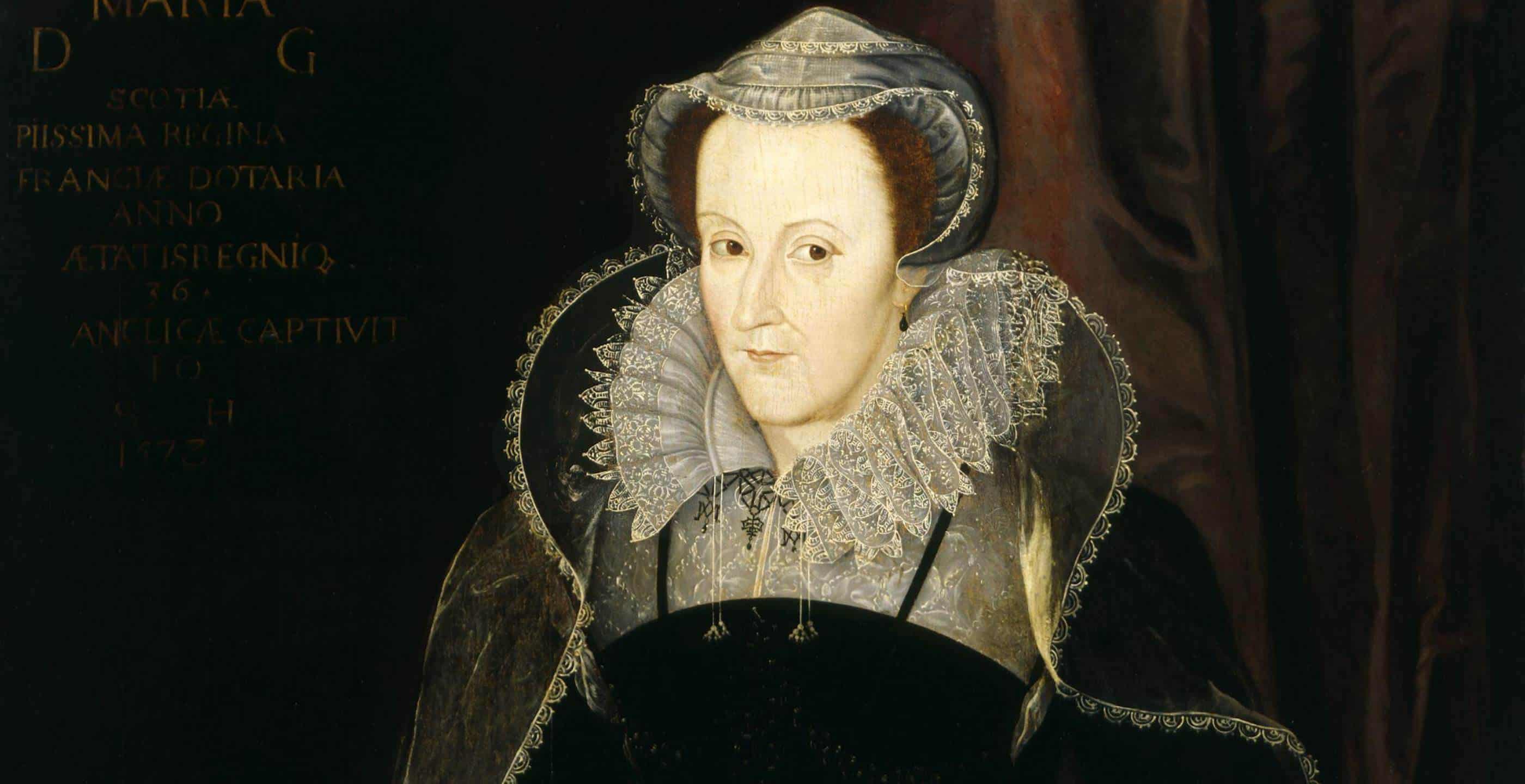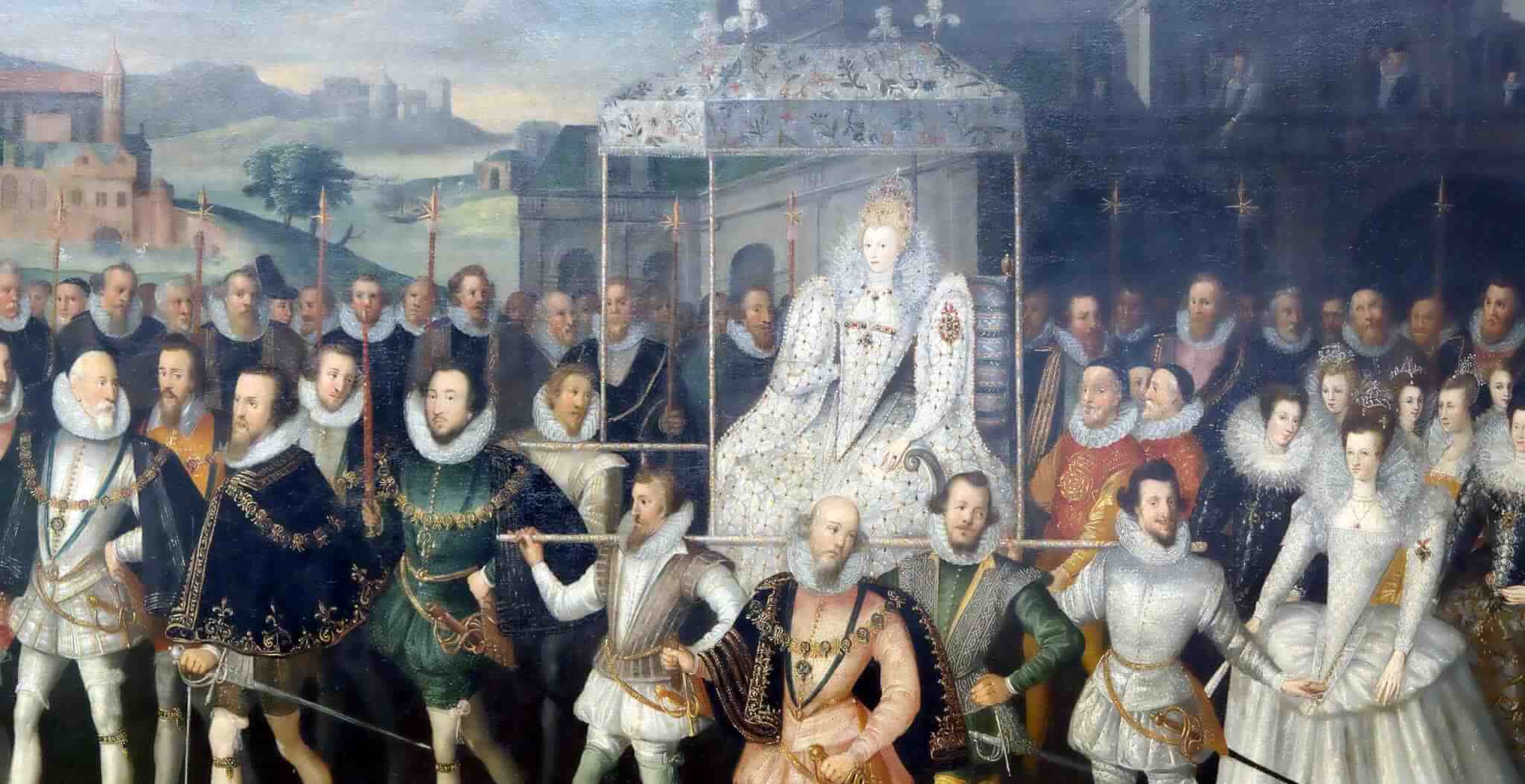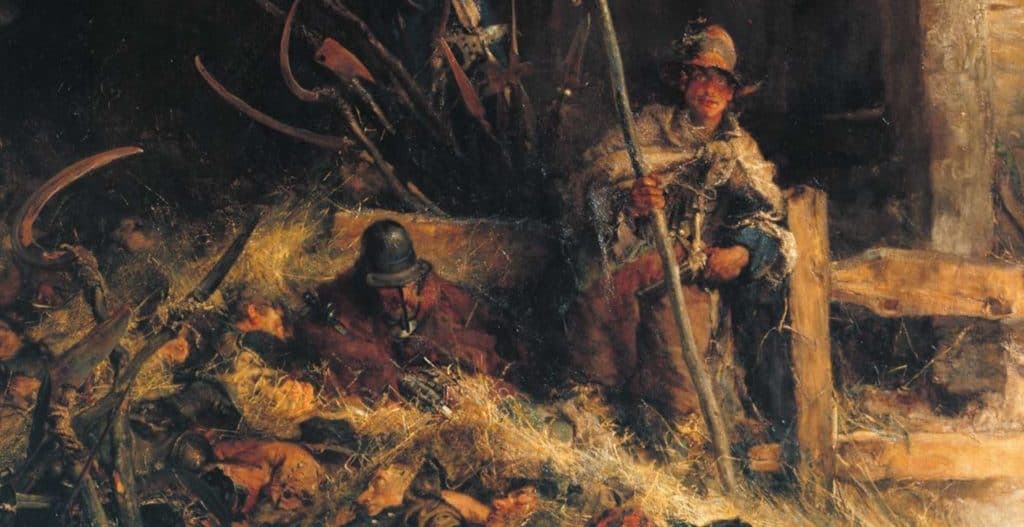James Stuart, the seventh James to rule Scotland and the second to rule England, was fated to be the last Stuart king ever to sit on the British throne. Perhaps ironically it was the Stuart monarchy that first ruled over both nations when Elizabeth I died in March 1603, and James VI of Scotland also became James I of England. Yet somehow, not even 100 years later, this proud Royal house was finished. But what really happened to change the face of these great countries’ history all those centuries ago?
James’ ascendancy upon the death of Charles II in 1685 was greeted with great enthusiasm in both England and Scotland. However, merely 3 years later his son-in-law had assumed his place in history. James became unpopular in the months following his coronation due to a number of factors: he favoured a more arbitrary approach to government, he was quick to try and increase the power of the monarchy and even to rule without Parliament. James did manage to put down a rebellion within that time and retained the throne despite the Duke of Monmouth’s attempt to overthrow him which ended at the Battle of Sedgemoor in 1685.
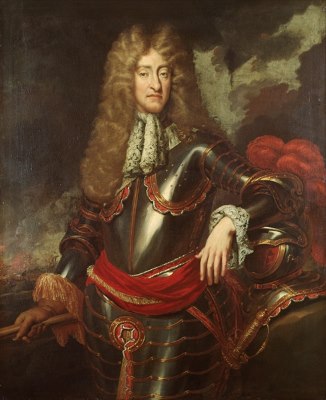
However, arguably the main issue with James’ rule in England was that he was a Catholic and stubbornly so. England was not and James’ elevating of Catholics to positions of power within politics and the military only succeeded in further alienating the people. By June 1688 many nobles had had enough of James’ tyranny and invited William of Orange to England. Although, at the time, to do what was not exactly clear. Some wanted William to replace James outright as William was a Protestant, others thought he could help right the ship and steer James along a much more conciliatory path. Others wanted the fear of an invasion by William to essentially scare James into ruling more collaboratively.
However, many did not want to replace James at all; indeed there was widespread fear of a return to civil war. There was still, within living memory, the pain and chaos of civil war, and a return to the bloody mess that had previously put a Stuart king back on the throne was not desired, simply to oust another!
William of Orange was not only invited to intervene because he was a Protestant prince who could help the country, but because he was married to James’ daughter Mary. This lent legitimacy to William and also an idea of continuity.
James was painfully aware of his growing unpopularity and by June 30th 1688 his policies of arbitrary government and ‘popery’ were so unappetising to the nation that a letter was sent to Holland, to bring William and his army to England. William duly began preparations. During this time James was suffering terrible nose bleeds and spent an inordinate amount of time bemoaning the lack of the country’s affection for him in letters to his daughters, each one more maudlin than the rest. Indeed, it was several months before William eventually arrived in England; he landed, unopposed, at Brixham, Devon on 5th November. It would be several more months before he and his wife Mary were eventually anointed King and Queen of England, on 11th April 1689.

There was still loyalty to James and whether Catholic or Protestant, many still held the belief that he was put on the throne by God and as such was owed allegiance. Even those who invited William were not always certain that usurping the monarch was the correct course of action. Two things changed this: the first was James’ flight from London. On learning that William was on his way, James fled the city and famously threw the Royal Seal into the Thames. This was incredibly symbolic, all Royal business required the seal. For James to throw it away was taken, by some, as a sign of his abdication.
Secondly, James lineage was called into question. Rumours were spread that James’ son was illegitimate, that he was not born to James at all or even more shockingly, was not even Marys’ baby. There were all kinds of outlandish theories. The best known was that a baby had been smuggled into the palace in a bed-pan and this interloper was produced as James’ heir.
Those who sought to replace James with William were still uneasy about the authenticity of their actions. The simplest way to assure the public that the course of action was correct would be to incriminate James himself. If the King was a fraud and a liar then he forfeited any right to the throne and the country. These accusations have subsequently been discredited and it would seem that James’ heirs were just that. But this rumour gave those that would remove him the reasons that they needed, and questions always remained over the following Stuarts, known as the Old Pretender and then the Young Pretender, leading ultimately to the Jacobite rebellions (but that’s another story!).

There was undoubtedly a desire to legitimize the invitation of another monarch to London; this was done by arguing against James’ Catholicism but foremost by delegitimizing James descendants. If James had bastardized the succession, then he was not fit to rule. His wife had been subjected to humiliation after humiliation (including having the most intimate details of her underwear during pregnancy and birth discussed in the Privy Council) by those determined to undermine his lineage and consequently his integrity. They succeeded. James fled to France and William of Orange took his place as King of England in February 1689 and Scotland in May 1689, respectively.
The Revolution of 1688 has been called many things: glorious, bloodless, reluctant, accidental, popular…the list continues. It is easy to see why there are so many superlatives associated with such an integral event in the country’s history. The removal of the Stuarts, specifically James, was consequently the birth of Jacobitism, so called because the Latin (the language of the Catholic Church) for James is Jacomus, hence his staunch supporters were called Jacobites. There remain those in Scotland to this day, who are still loyal to idea of the Stuart Kings and who continue to toast The Young Pretender, Bonnie Prince Charlie, who became ‘The King over the Water’ in exile in France, with whisky every Burns Night.
The credibility of the revolution that deposed the Stuart monarchy was ultimately prevaricated on a ridiculous fiction; a bastard baby and a bed-pan. Perhaps, on reflection a more appropriate superlative for the events of 1688-89 would be ‘The Incredible Revolution’.
By Ms. Terry Stewart, Freelance Writer.
